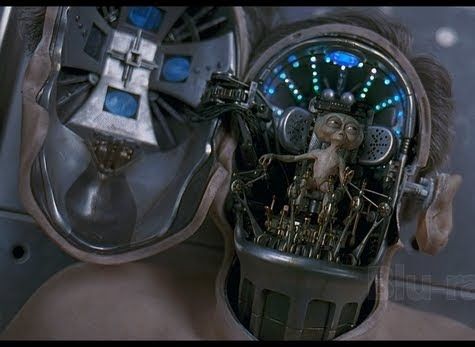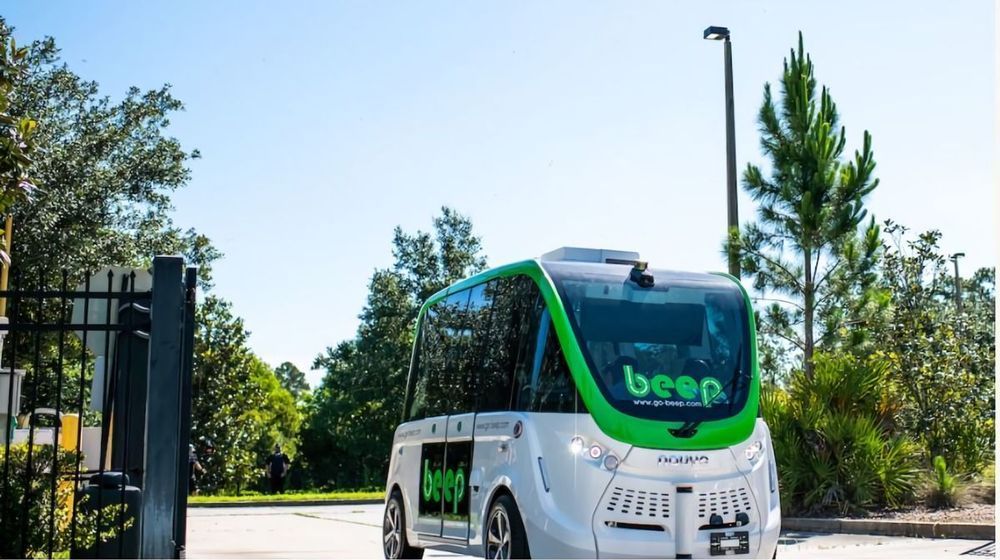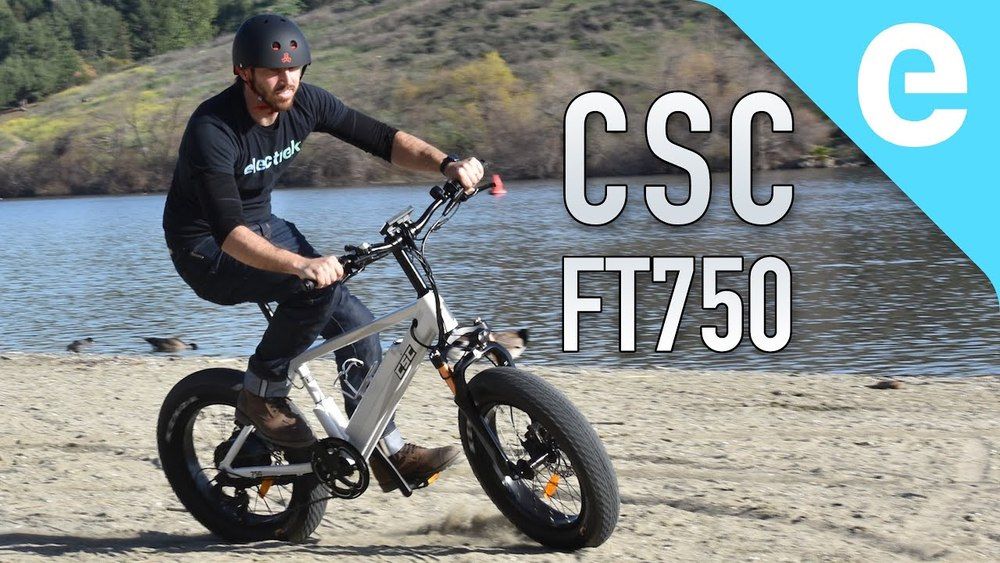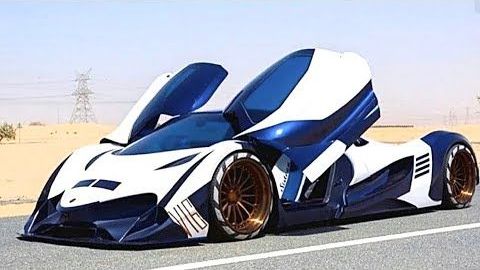
Category: transportation


Three Questions that Keep Me Up at Night
A Google interview candidate recently asked me: “What are three big science questions that keep you up at night?” This was a great question because one’s answer reveals so much about one’s intellectual interests — here are mine:
Q1: Can we imitate “thinking” from only observing behavior?
Suppose you have a large fleet of autonomous vehicles with human operators driving them around diverse road conditions. We can observe the decisions made by the human, and attempt to use imitation learning algorithms to map robot observations to the steering decisions that the human would take.

Mayo Clinic starts using autonomous vehicles to deliver coronavirus tests and medical supplies
The Mayo Clinic today announced a partnership with Bestmile and the Jacksonville Transportation Authority (JTA) to deploy autonomous shuttles that transport medical equipment and COVID-19 tests collected at the hospital’s drive-thru testing site. The hope is that they’ll expedite the delivery of much-needed supplies while reducing the risk of human exposure to the coronavirus.
On March 30, the Mayo Clinic says its branch in Florida began using four shuttles from suppliers Beep and Navya to transport COVID-19 tests from the testing site to a processing laboratory on the hospital’s campus. (Beep transported three shuttles from Lake Nona, outside of Orlando, which JTA supplemented with an additional shuttle from an ongoing autonomous vehicle program.) COVID-19 test samples are stored in secure containers prior to Mayo Clinic staff loading the contents onto the shuttle, which then takes routes isolated from pedestrians and traffic while Mayo Clinic, Beep, and JTA personnel monitor them from a mobile command center.

We aren’t just stopping coronavirus. We’re building a new world
Can we build a better world with the lessons learned around this pandemic?
There is discussion that globalism will give way to community resilience and local digital manufacture, storage and transportation to provide abundant resources for normal and unanticipated needs.
#CommunityResilience #CommunityResourceCentres
We must pressure our leaders to take the long view in any coronavirus economic recovery package, even if this feels like a short-term emergency.

Tesla’s next killer app: solar power on its electric cars — starting with Cybertruck
Solar power on electric cars has yet to become a common feature, but Tesla is about to change that — starting with the Cybertruck electric pickup.
We’ve discussed solar roofs on electric vehicles before, most recently with the one on the latest Prius Prime, but the recurring problem is that they rarely generate enough power to be worth it.
For example, we estimated that the solar cells on the Prius Prime’s roof could generate enough power to add about 2 miles of range during the day. And of course, that’s highly dependent on where you are in the world and where you park your car.

The world could soon run out of space to store oil. That may plunge prices below zero
The world’s thirst for oil has evaporated.
Highways are empty. Planes are grounded. Factories are dark. The unprecedented collapse in oil demand has sent crude crashing to 18-year lows.
Supply, on the other hand, remains largely resilient amid a price war between Saudi Arabia and Russia. US producers don’t want to be the first to blink by turning off production.

Devel Sixteen 5000HP V16 — FASTEST Car In The World
https://www.youtube.com/watch?v=EEXe6NVzQe4&feature=youtu.be
#fastestcar #develsixteen #devel
Devel Sixteen 5000HP + V16 Fastest Car in the World!! Let me know what you guys think below. Hope you guys enjoy!
LIKE our Facebook Fan Page NOW
https://www.facebook.com/Automoho
FOLLOW US ON INSTAGRAM
http://www.instagram.com/automoho
SHOP AUTOMOHO
https://www.amazon.com/shop/automoho
New videos coming every week.
===THUMBS UP & SUBSCRIBE===
==WANT TO SEE A CAR YOU LIKE?? COMMENT BELOW AND ILL TRY MY BEST TO FILM IT==



New Qualcomm chips pack high-end features for lower-cost earbuds
Qualcomm is getting ready to usher in a new generation of super low-power Bluetooth earbud chips.
The QCC514X and the QCC304X will support Qualcomm’s TrueWireless Mirroring technology. This means that wireless connectivity is secured with a single earbud that is paired with another. When the user removes the primary earbud, the other mirroring bud takes over the connection without any interruption.
The units will also support active noise control, or noise cancellation, bringing the popular feature commonly found on high-end units to mid-priced and entry-level buds. Qualcomm says its hybrid ANC feature allows for ambient noise leak-through that allows substantial but not total external noise suppression. That makes it easier for users to speak with others while wearing the buds or to more easily hear car horns or alarms.
